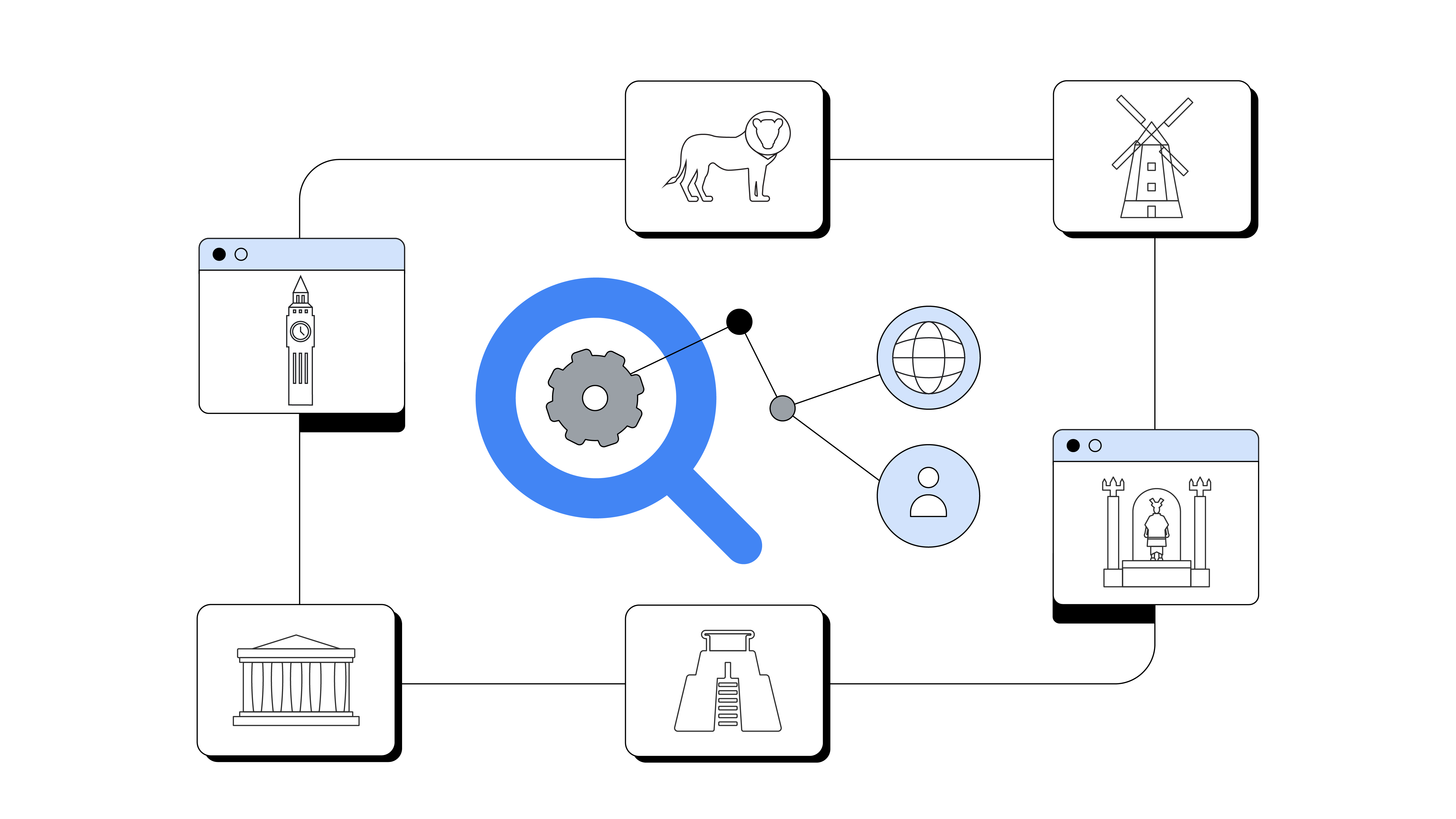Accessibility best practices for more inclusive digital marketing
Host
Published
December 2023Share this page
Accessibility best practices for more inclusive digital marketing
December 2023An estimated 16 million people in the U.K. experience disability. Yet, disabled people are often over-excluded in marketing, whether it comes to representation or digital accessibility features.
But there’s a lot marketers can do to ensure everyone can fully engage with their work. Dr Shani Dhanda, British disability activist and consultant, shares a host of accessibility best practices to help you get started, from bringing people with lived experiences and expertise onto your team, to keeping a checklist to ensure no caption, alt tag, or voiceover is overlooked.
Get more expert insights for better marketing on the Think with Google YouTube channel.
In the U.K. alone, an estimated 16 million people experience disability. That’s 24% of the population. It’s the largest group of marginalised people in the world, but one that is often over-excluded in marketing.
It’s essential for marketers to prioritise inclusivity and not consider disabled people as an afterthought. So how can you ensure the digital campaigns you create are accessible and representative of everyone? Let’s take a look at some best practices to help get you started.
Step 1: Plan ahead. Before you start, the most important thing you can do is to get the community around the table. Bring people with lived experiences and expertise onto your team to help you gain insights and create an understanding. Then, when creating your project brief, make sure you allow plenty of space for adjustment and flexibility throughout the project. Constant input from the community should really help shape the end result.
Step 2: Keep a checklist for essentials. There’s a lot you can do to ensure the Disabled community can fully engage with your work.
Take this ad here. The colours of the text and background are currently quite similar, making them hard to tell apart for neurodiverse, blind, and partially sighted people. That’s why it’s really important that you use a colour contrast checker for all your visuals. When it comes to your visual design, you also need to pay attention to fonts, visual hierarchy, and colour dependence.
To ensure visually impaired audiences can engage with images, include comprehensive alt text and image descriptions. To make your videos more accessible, always include audio transcriptions to ensure Blind and partially sighted people get the full experience. And add captions or subtitles for people who are Deaf or have hearing loss. For video content that has text embedded like infographics or animated videos, using a voiceover is recommended. And consider using sign language versions of your content, too.
And then some other crucial practices to keep in mind. While flashing images may seem like an attention-grabbing feature, they can actually be really problematic for some people, such as those with epilepsy or sensory processing sensitivities. Therefore it’s best to avoid rapidly flashing content or provide an option to disable or control such effects.
Emojis are often used to express emotions. However, be mindful of the fact that screen readers will have to dictate each emoji description. So only use them at the end of a sentence, and avoid using too many. The same goes for hashtags. While all-caps or all-lowercase hashtags might look nice, they are difficult to read. To help all users and screen readers differentiate the words with ease, use #PascalCase, which simply means you capitalise the first letter of each word.
Step 3: Gather feedback before and after launch. One way to make sure that your best practices are implemented correctly is by working with Disabled accessibility testers for real world feedback. From testing screen readers across browsers and devices to reporting bugs, this will be a crucial step to ensure you’re really offering an inclusive experience for all users.
But the feedback doesn’t stop there. Even after launch, encourage users to report accessibility issues they encounter and have a system in place for them to address their concerns.
If this all sounds like a lot, just know that it’s better to do something rather than nothing. Starting and iterating will get you much further than striving for perfection. So don’t be overwhelmed, and just start and build from there. For more guidance on making your marketing more accessible, check out Google’s All In inclusive marketing toolkit.
Others are viewing
Marketers who view this are also viewing
-
Case Study
![]() Case Study
Case StudyHow Cadbury took personalisation at scale further with passion points
-
Article
![]() Article
ArticleHow 3 U.K. startups are closing the DEI gap in tech
-
Article
![]() Article
ArticleIncrementality testing: The key to unlocking profitable growth in a changing industry
-
ArticleArticle
Why 2024 will usher in the next era of marketing
-
Video
![]() Video
VideoEpisode 2: Diversity — a journey of sustained and strategic action
Watch now -
Article
![]() Article
ArticleAbout Think with Google
-
ArticleArticle
Romans, introverts, and AI: Here’s what U.K. marketers are reading
-
Case Study
![]() Case Study
Case StudyThe psychology of luxury travel: The key to attracting affluent customers






